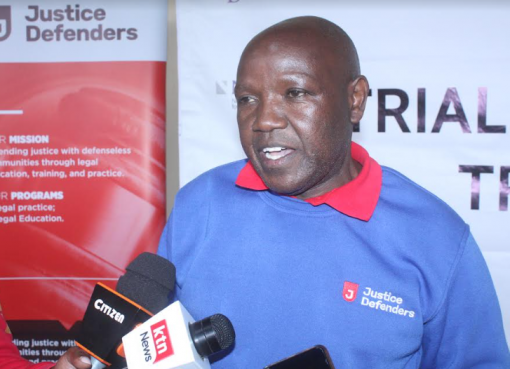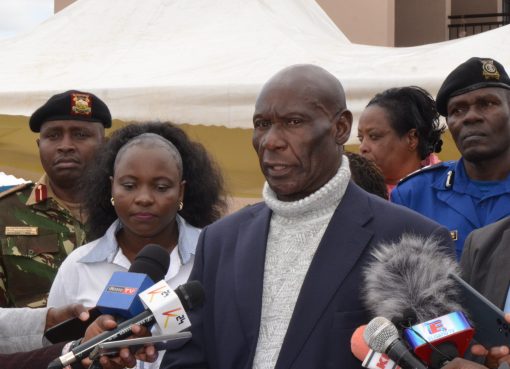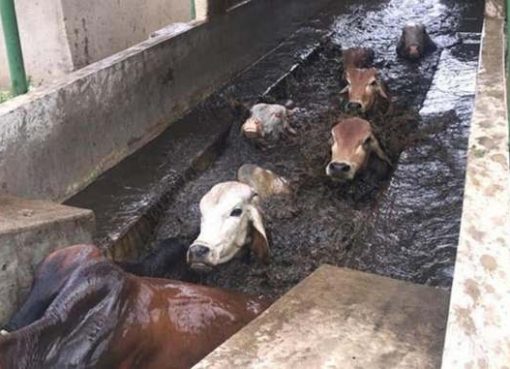Narok, Country is training hides and skin producers at various abattoirs in the region on best practices to empower them on handling this raw material in order to produce the best quality hides and skins.
“We are also training farmers on the best farming and animal handling practices in order to produce quality hides and skin,” the Ewaso Nyiro South Development Authority (ENSDA) Chief Manager in charge of Planning Mr. Peter Bwogero said adding that Narok County was known to produce the worst quality hides and skins due to poor farming and animal handling.
Meanwhile, livestock farmers within Narok, Nakuru, Bomet, Migori, South Nyanza and Northern Tanzania as well other parts of the country are set to reap big by selling animal skins after a Tannery and Leather Factory that was under construction at Ewaso -Nyiro area in Narok County started its operations, albeit on pilot basis.
The project which is funded by the government at a cost of Sh.700 million through ENSDA is expected to be fully operational in the next two months.
Mr. Bwogero said the factory is currently doing two tons of hides and skin at this pilot stage and has currently employed 60 people.
He was speaking during the launch of the Narok County Development Implementation Co-ordination Committee. This follows an executive order issued by President Kenyatta on January 21 this year.
The order also established the National Development Implementation Co-ordination and Communication Cabinet and National Development Implementation Co-ordination Technical Committees to co-ordinate development programmes at national level.
ENSDA will be partnering with Leather development Council, Kenya Investment Authority, Export Processing Zone and Ethiopia who are the major competitor in the industry in Africa.
The project will create 300 jobs directly and a further 5,000 indirectly and help create wealth for the local communities.
Narok County Commissioner Mr. George Natembeya who chaired the meeting urged civil servants to monitor and manage government projects in the area in such a manner that will ensure mwanachi get value for money.
“We are servants and in that regard we have to be good stewards of the government resources and ensure transparency and accountability,” he said.
Livestock is a key sector in the Kenyan economy. The sector in the country contributes 12 per cent of Gross Domestic Product (GDP) or 40 per cent of the agricultural GDP.
Kenya has about 17.3 million heads of cattle of which only 3.3million are exotic, the remaining 14 million being indigenous. The animals are reared for milk and meat.
The country also has 27 million goats, 17 sheep and 2.9 million camels, not to mention poultry and other small livestock like rabbits. This important sector has been marked as one of the key flagship sectors in the achievement of the Economic pillar in the Vision 2030. To this end, the hides and skins produced can transform lives and the economy of the country if handled properly to ensure quality and quantity.
Livestock rearing in Narok is one of the main economic activities supporting the majority of rural household livelihoods in food security, employment and income generation. The major livestock species reared comprises of cattle, sheep and goats, poultry and bees.
Narok County on its part has a Livestock population of 1.2 million beef cattle, 300,000 dairy cows, 1.6 million sheep and 880,000 goats.
Thus, livestock is an important economic resource for the county and the country as a whole. The Kenyan livestock sector employs 50 per cent of agricultural labour force.
By Mabel Keya-Shikuku




